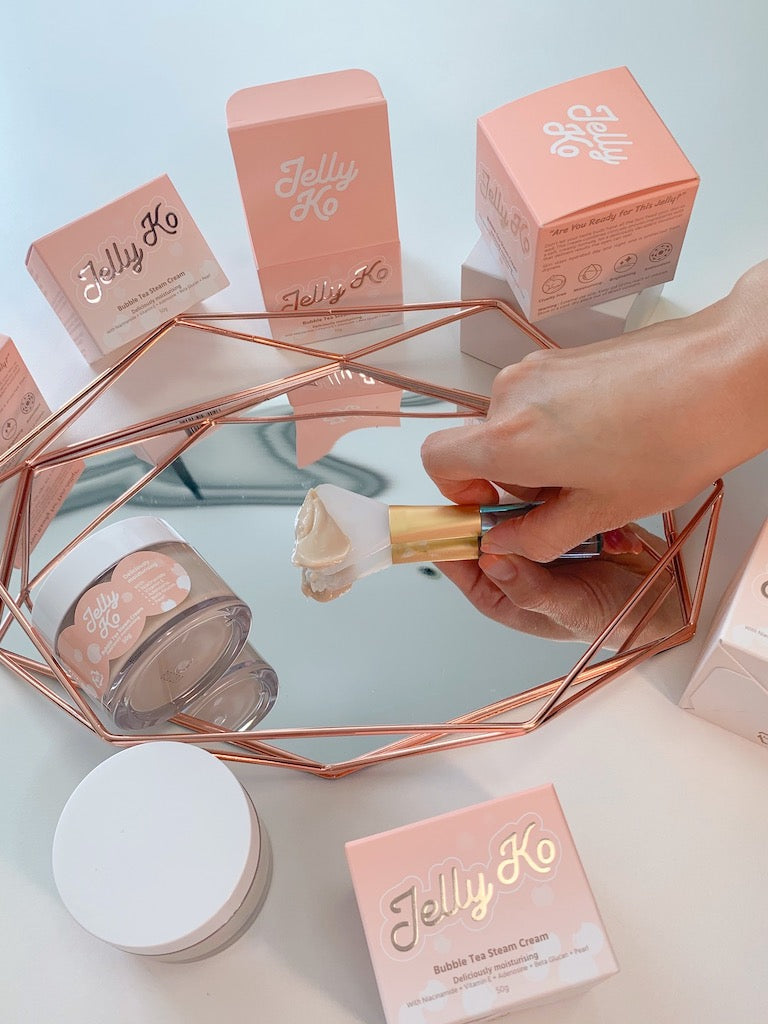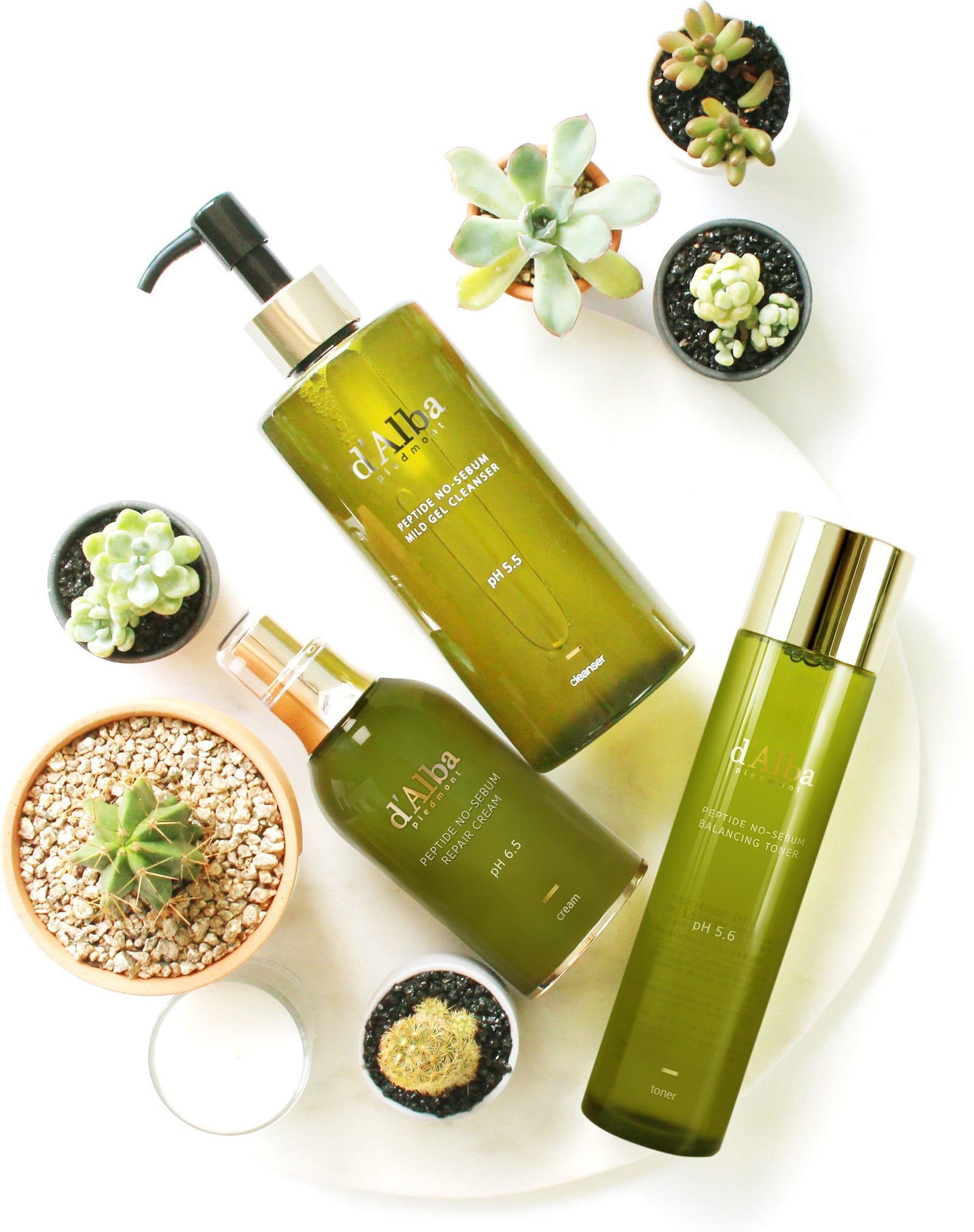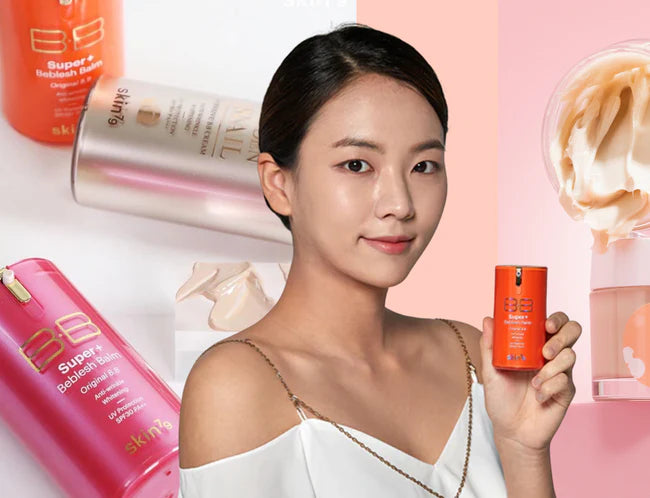K-Beauty Manufacturing
How to Manufacture Skincare in Korea: OEM vs ODM Guide (Timelines, MOQs, Costs)
If you’re exploring Korean manufacturing for the first time, this guide answers the most common questions—how it works, what makes Korea different, and how to scope a realistic path from idea to first production.
Why Korea? A quick background
Korea’s beauty industry grew up around fast iteration and high customer expectations. That combination—plus a dense local ecosystem of labs, packaging suppliers and fillers—means brands can achieve textures and finishes that feel modern while keeping operations efficient. If you’re used to longer development cycles elsewhere, the pace here can be refreshingly pragmatic as long as your brief is clear and your components are well chosen.
What feels different: quicker sampling cadence, strong base libraries to customise from, and close alignment between labs, fillers and component vendors.
What to plan for: realistic MOQs, early packaging decisions to avoid delays, and evidence-based claims that translate across markets.
Goal #1 is a formula–packaging–claims set that survives scale-up and meets your margin. Everything in this guide is designed to get you there.
OEM vs ODM: which path suits your brief?
OEM (Original Equipment Manufacturing)
You own the concept and IP. The lab helps you develop or scale your formula to spec—best for long-term differentiation.
ODM (Original Design Manufacturing)
You customise a proven lab base to meet your claims and target markets—often faster with lower development cost.
Not sure which route to take? We’ll map options against timeline, risk and budget during kickoff.
The end-to-end process at a glance
1) Kickoff (1 hour)
Scope, timelines, budget, category fit, packaging directions, feasibility. Book now.
2) Brief & target spec
Claims, hero actives, sensorial goals, markets, pricing targets, testing needs.
3) Lab shortlist & sampling
NDA, sample rounds, texture tuning, early component checks to prevent rework.
4) Stability & compatibility
Validate the formula with chosen packaging so filling remains smooth.
5) Artwork & components
Claims review, proofing, sustainability goals where relevant, aligned MOQs.
6) Production, QC & logistics
Batch production, in-line QC, COAs, pre-shipment checks, export docs and freight.

Timelines & realistic budgets
How long does it take?
ODM: ~8–16 weeks to first production (complex claims may extend).
OEM: ~16–28+ weeks for new-to-world formulas or complex packaging.
Where does the budget go?
Development & sampling, stability/compatibility, primary & secondary packaging, filling/assembly, documentation, and freight/insurance/duties.
We model landed COGS early so your retail pricing holds up in the real world.
MOQs & categories we handle
Typical MOQs: 5,000–10,000 units per SKU for common components (tubes, jars). It can be higher or lower depending on exactly what you're manufacturing. Labels & cartons often allow lower MOQs for pilot runs.
- Hydration-led serums and creams
- Texture-forward toners and masks
- Oil-in-water systems optimised for daily wear
- Simple refill or top-up approaches where appropriate
Compliance & documentation
Direct coverage
Australia & United States: practical labeling guidance and documentation support for launch in AU/US.
Trusted partners elsewhere
Launching into the EU/UK, Middle East or other regions? We’ll introduce vetted compliance partners and coordinate the hand-off so nothing is missed.
How we add value
Category-fit factory matching
Shortlists based on your formula type and claims, not just availability.
Decision clarity
Trade-offs on timeline, MOQ and COGS made explicit so you can choose confidently.
Smooth coordination
Single point of contact across lab, filler and packaging vendors to keep momentum.
For our perspective on the global K-Beauty market, dip into The Korean Beauty Show, or connect on LinkedIn:
FAQs
How do I choose between OEM and ODM?
Choose ODM when speed and proven bases matter; choose OEM when you need ownable IP and distinctive sensorials. We’ll outline both paths at kickoff.
Can I do a small pilot run?
Often yes—using simplified components with higher unit cost to validate demand before scaling.
What are the hidden delays?
Hidden delays usually come from oversampling and decision churn (too many rounds or unclear feedback loops), constrained ingredient rules (e.g., vegan-only, allergen-free, fragrance-free, strict “clean” lists), and certification requirements (vegan, cruelty-free, halal, COSMOS/organic, reef-safe) that add supplier paperwork or audits. Late packaging lock (unique components/finishes, long-lead molds, or compatibility re-tests) can also push filling dates. We minimise risk by setting clear decision gates, limiting sample rounds, and confirming ingredient and certification constraints up front.
Which markets do you cover for compliance?
We directly support Australia and the United States. For the EU/UK, Middle East and others, we connect you with trusted compliance partners.
Want an informed starting point?
If you're having trouble getting in touch with Korean labs (or getting them to return your calls!) we're here to help. Our consultancy offers multiple options to help bring your ideas to life—1:1 consulting or done-for-you support to move development forward in Korea.





Leave a comment
Comments will be approved before showing up.